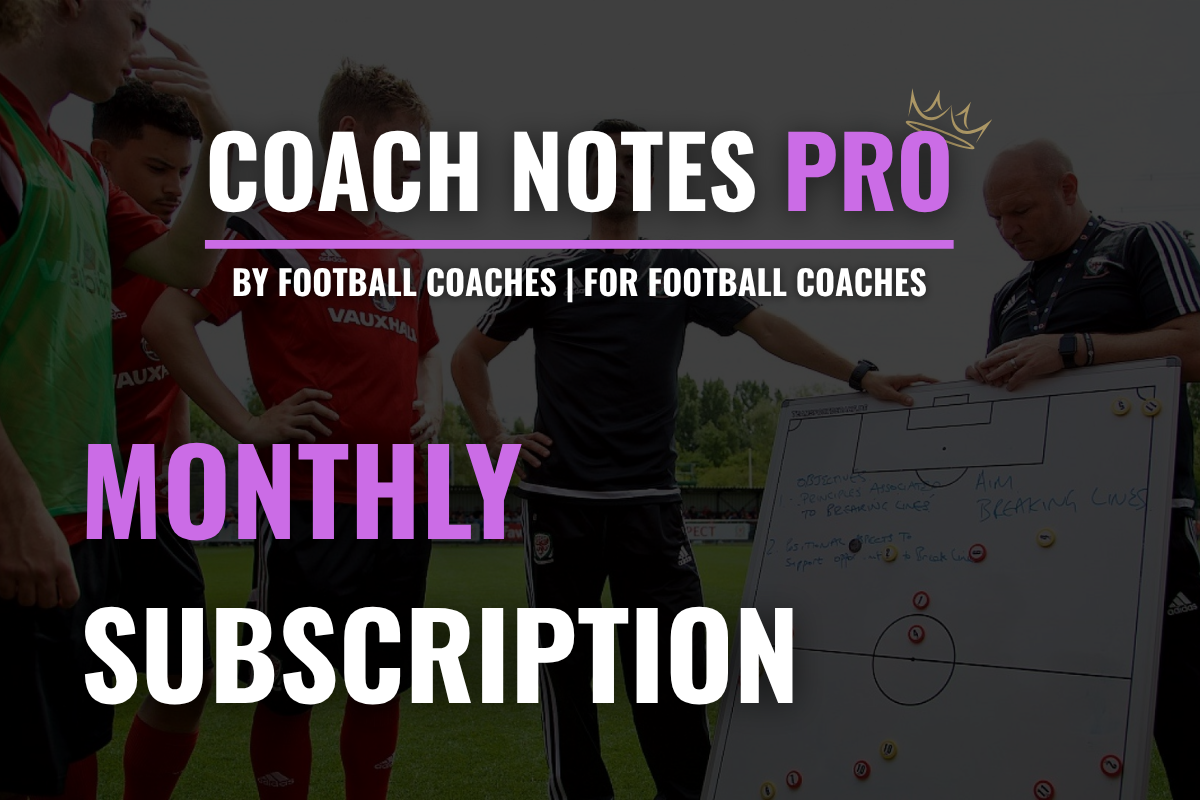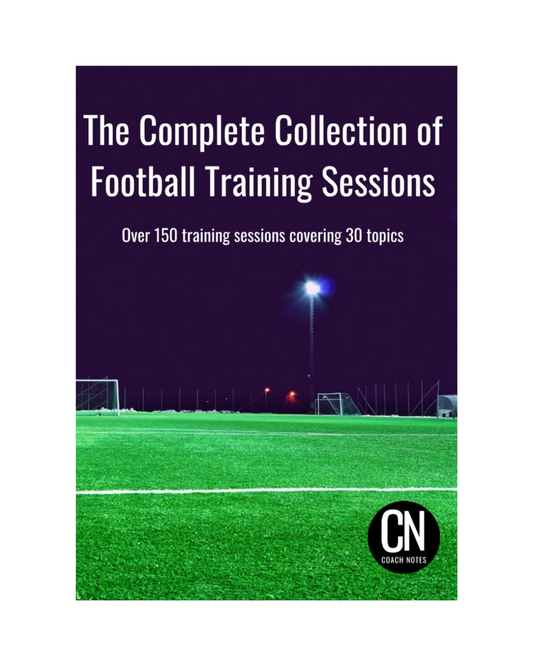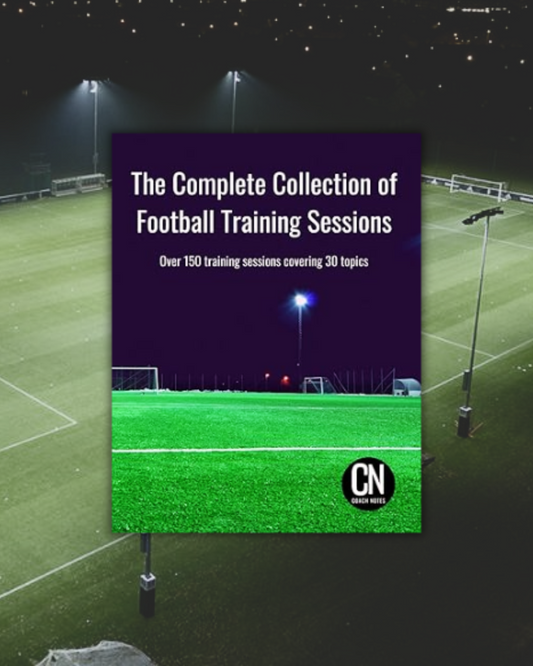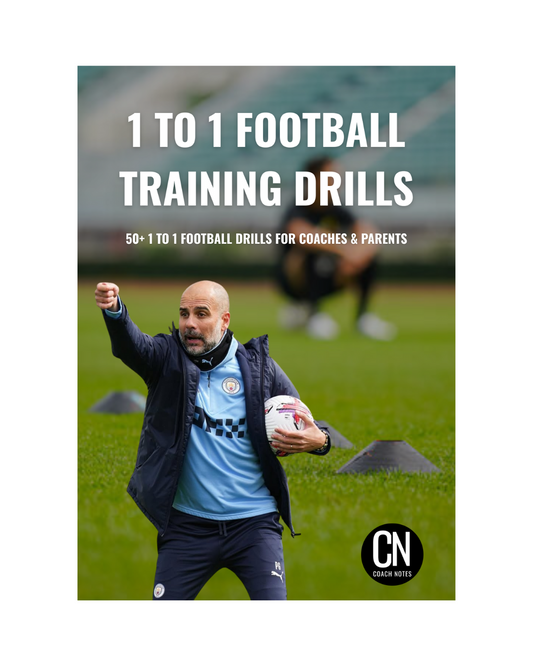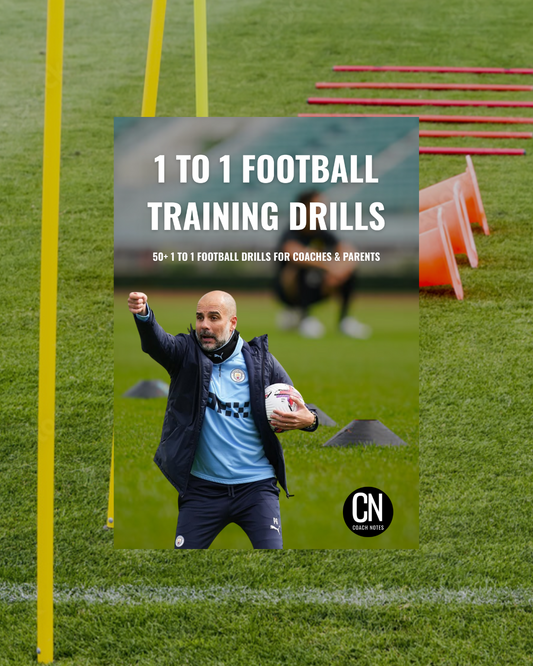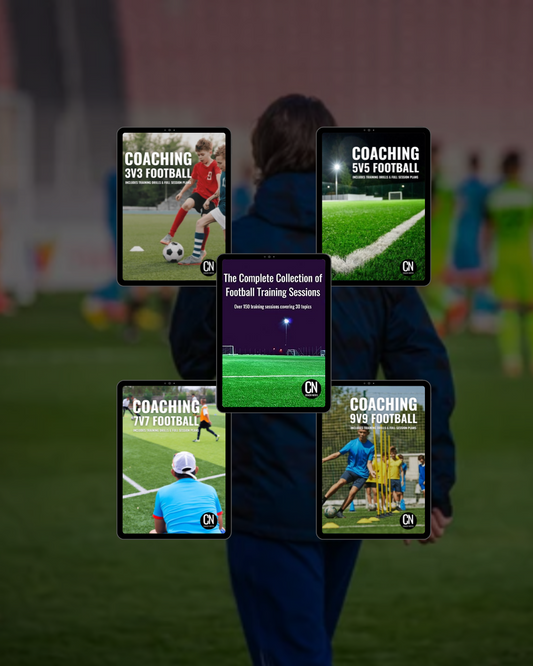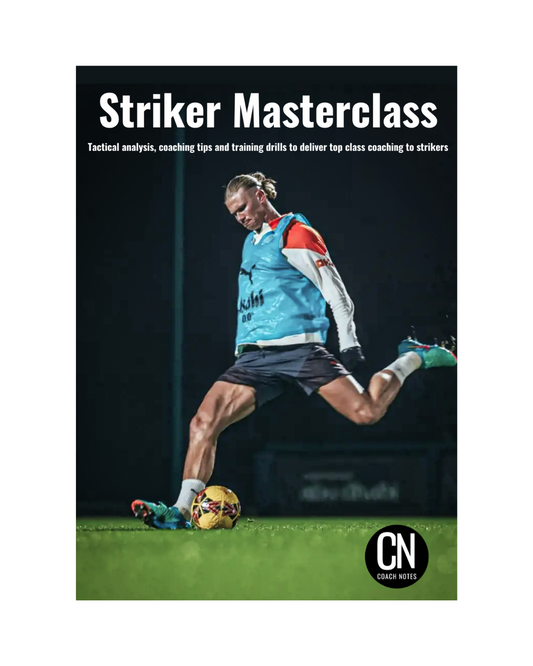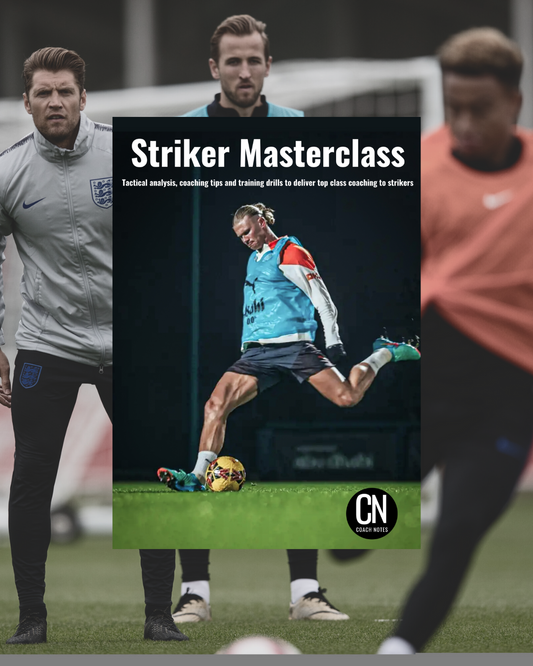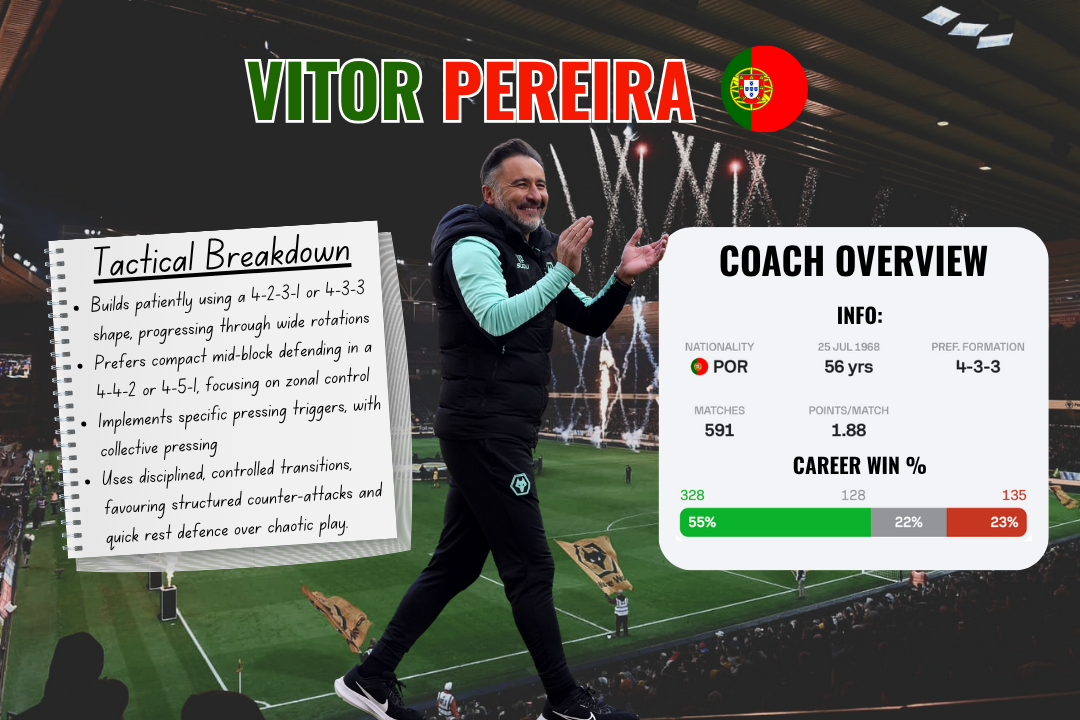
Vitor Pereira
Share
👤 Coach Bio
Vítor Pereira is an experienced Portuguese coach known for his tactical flexibility and structured positional play. Having managed high-profile clubs such as Porto, Fenerbahçe, Corinthians, and most recently Wolverhampton Wanderers, Pereira has forged a reputation as a coach who combines possession control with organised pressing and solid defensive structures.
Pereira rose to prominence with Porto, winning consecutive Primeira Liga titles. His tactical work across Europe, South America, and now the Premier League reflects his methodical approach and adaptability, always underpinned by control, discipline, and clear role allocation.
🧩 Playing Philosophy
Pereira’s philosophy is built around structured possession and intelligent positional play. He prioritises ball retention not as a defensive tool, but as a platform for controlling matches, manipulating opposition blocks, and creating overloads.
His key principles include:
- Positional discipline within a flexible system.
- Use of wide structures and overloads to stretch defences.
- Compact defensive shapes to protect central areas.
- Quick but controlled transitions.
While his sides value possession, Pereira is pragmatic in balancing risk and control. He focuses on functional build-up play rather than sterile dominance, ensuring every phase of possession has purpose.
🔍 Style of Play
In Possession
Pereira typically structures his sides in a 4-2-3-1 or 4-3-3, building possession through wide and central rotations.
- Build-Up: Pereira’s sides build from the back using short passes between the goalkeeper, centre-backs, and pivot. Full-backs push high and wide, stretching the pitch, while the pivot provides central support.
- Midfield Play: He utilises a double pivot to maintain control, with the number 10 or an advanced midfielder dropping into pockets between lines to facilitate progression.
- Final Third: Width is maintained via full-backs or wingers, while central overloads are created using advanced midfielders and wide players rotating inside.
Controlled ball circulation is used to unbalance opponents, before targeted vertical passes break lines and access central spaces.
Out of Possession
Defensively, Pereira’s teams prioritise shape and compactness, generally operating in a 4-4-2 or 4-5-1 mid-block.
- Defensive Shape: His teams defend narrow, restricting central progression. Wingers drop to create a second defensive line, while the front two press passing lanes.
- Pressing: Pereira prefers selective pressing, targeting wide areas and backward passes with pressing triggers.
- Compactness: Teams stay compact horizontally and vertically, focusing on reducing spaces between midfield and defensive lines.
His sides defend space rather than engaging in aggressive high pressing unless in predetermined scenarios.
Transitional Moments
- Defensive Transitions: Pereira favours immediate counter-pressing where possible, but if the initial press is broken, his teams quickly retreat into a mid-block to protect central spaces.
- Attacking Transitions: His teams attack wide areas directly after regaining possession, using pace from full-backs and wingers. Central players support quickly, but forward runs are disciplined to maintain structural balance.
⚽️ How to Coach Like Vítor Pereira
Pereira’s coaching is methodical, disciplined, and repetition-based.
- Positional Training: Use zonal exercises to develop spatial discipline and coordinated movements in possession.
- Functional Patterns: Build-up play is rehearsed using patterns involving centre-backs, pivots, and full-backs, focused on progressing through wide rotations and central overloads.
- Defensive Shape Drills: Sessions focus on maintaining compact lines, sliding as a unit, and closing passing lanes in midfield.
- Pressing Triggers: Pereira uses situational pressing drills, training players to react to specific cues such as wide switches or backward passes.
- Scenario-Based Training: Players are coached in game-specific scenarios to develop decision-making under pressure.
His methodology demands discipline and collective understanding, ensuring all players know their role in both possession and non-possession phases.
Drills to coach Vitor Pereira:
 👉 Playing Out from the Back – Zone Split Build Up
👉 Playing Out from the Back – Zone Split Build Up
👉 Central Combination Play to Release Attackers
👉 Team Shape and Structure - Compact Block Game
👉 Team Pressing - Press Trigger Game
👥 Player Profiles
Pereira seeks functional players who understand tactical roles and contribute to team structure.
- Centre-Backs: Must be composed in possession and disciplined in maintaining defensive line compactness.
- Full-Backs: Primarily attacking profiles who can stretch play wide, deliver crosses, and support in transitions.
- Pivots: Intelligent midfielders capable of switching play, offering passing angles, and controlling defensive transitions.
- Advanced Midfielders: Technically sharp players comfortable between lines, able to combine in tight spaces.
- Wide Players: Fast, direct wingers who maintain width but can rotate inside when required.
- Striker: A linking forward capable of holding up the ball and combining with midfielders, while leading pressing from the front.
🔑 Key Takeaways for Coaches
- Prioritise positional discipline: Ensure players understand their zones and positional responsibilities.
- Coach build-up play via wide and central rotations: Focus on patient circulation and structured line-breaking passes.
- Emphasise compact mid-block defending: Maintain shape integrity and use zonal defending to control central spaces.
- Use specific pressing triggers: Train players to press collectively based on pre-determined opponent cues.
- Structure transitions: Focus on controlled attacking transitions while maintaining defensive protection behind the ball.

